|
|
|
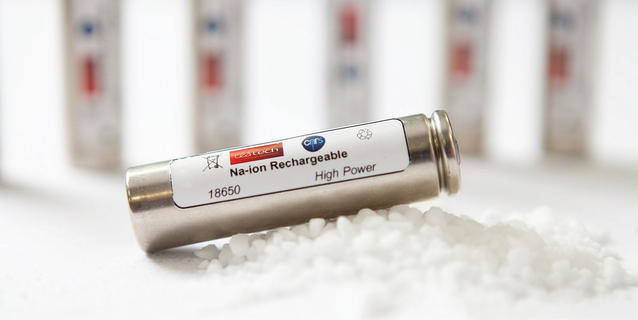 |
|
|
|
|
A Battery Revolution in Motion
|
|
11.27.2015 |
|
Chemistry
The first prototype of a sodium-ion battery has just been revealed by the RS2E, a French network bringing together researchers and industrial actors. This technology, inspired by the lithium-ion batteries already used in portable computers and electric vehicles, could lead to the mass storage of intermittent renewable energy sources.
|
|
Read the article
|
|
|
|
|
 |
|
|
|
|
Is Life Stranded on Mars Possible?
|
|
11.09.2015 |
|
Film
The Martian, a science fiction film hailed for its realism, was recently released. What are its (rare) scientific inaccuracies? Is the hero’s incredible psychological resilience the least plausible of all? Planetologist François Forget shares his views.
|
|
Read the article
|
|
|
|
|
|
Also this month
|
|
|
|
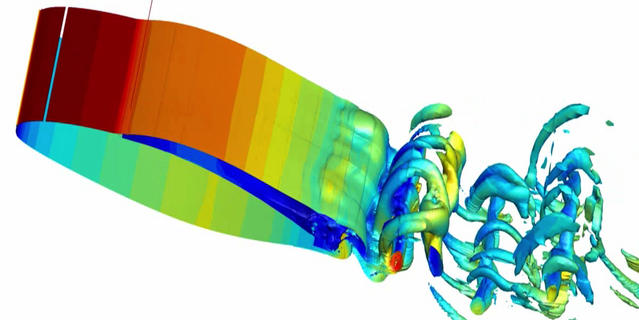 |
|
|
|
The wings of the future
|
|
11.13.2015
|
|
aeronautics To build the airplanes of tomorrow, researchers are turning to Nature for inspiration. But how can we copy a bird's muscles, feathers and brains? With electroactive morphing, piezoelectric turbulence control and real-time feedback loops. |
|
Watch the video
|
|
|
|
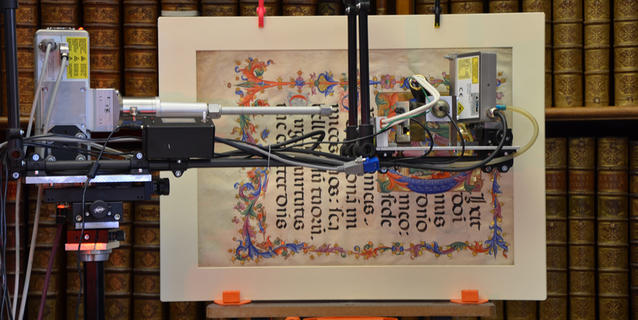 |
|
|
|
When the Lab Enters the Museum
|
|
10.26.2015 |
|
Archaeology Faced with the constraints of analyzing works of art in museums, researchers today can use a wide range of spectrometers and colorimeters to get to the heart of paintings and their pigments—without having to move them. |
|
Read the article
|
|
|
|
 |
|
|
|
Penguins in a Changing Climate
|
|
11.20.2015 |
|
ornithology Antarctica is still home to large populations of Adélie penguins, yet changes to their environment can rapidly render certain areas inhospitable. Since 2010, researchers are closely monitoring the colonies established in the Pointe Géologie Archipelago to detect these modifications and anticipate... |
|
Access the slideshow
|
|
|
|
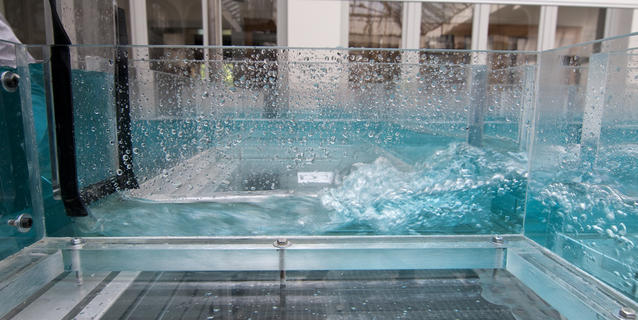 |
|
|
|
A Giant Model to Understand Floods
|
|
11.24.2015 |
|
Physics To better predict flood risks, the iCube laboratory has devised an experimental simulation apparatus that mimics extreme flooding in an urban neighborhood. This innovation could help anticipate flooding events like the one that recently affected the French Riviera. In early October, rain-driven... |
|
Access the slideshow
|
|
|
|
 |
|
|
|
Using Molecules to Store Information
|
|
10.22.2015 |
|
Information technology Faced with the explosion of digital data, researchers are looking for revolutionary storage methods. The use of polymers, long molecular chains, is among the most promising avenues. |
|
Read the article
|
|
|
|
 |
|
|
|
Nanotweezers to Handle DNA
|
|
11.03.2015
|
|
nanotechnology Manipulating DNA with tweezers is now possible, using technology developed at a cutting-edge French-Japanese laboratory (LIMMS). The researchers designed silicon nanotweezers capable of grabbing and analyzing cells or molecular fibers. This microscopic instrument has already been used in Lille... |
|
Watch the video
|
|
|
|
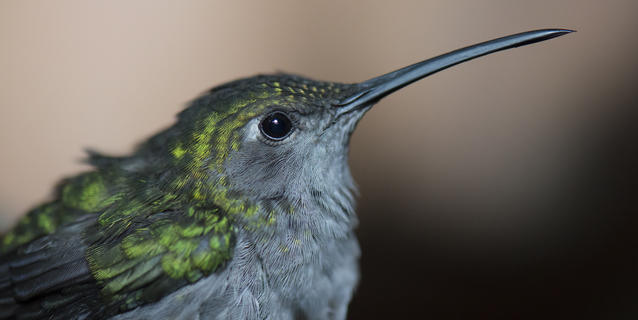 |
|
|
|
Are Fragmented Forests a Threat to Birdlife?
|
|
10.16.2015 |
|
Ecology Due to human activity, the forests along the coastline of French Guiana are becoming increasingly fragmented, in other words, they are being divided up into ever smaller, isolated patches. What impact is this having on biodiversity, and more specifically on birds? French researchers are conducting... |
|
Access the slideshow
|
|
|
|
 |
|
|
|
SPHERE, a New Eye on Distant Worlds
|
|
10.14.2015
|
|
Astronomy In operation since June 2014, the Spectro-Polarimetric High-contrast Exoplanet REsearch instrument (SPHERE), attached to one of the four mirrors of the Very Large Telescope (VLT) in Chile, was designed for the direct observation of extrasolar planets. Light reflected by exoplanets is much fainter... |
|
Watch the video
|
|
|
|
|
|
|
|
|